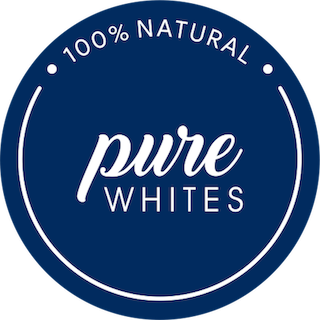Mustard oil is a staple in Indian kitchens—but not all oils are created equal. Many bottles labeled as “pure” or “cold-pressed” are actually refined or chemically processed, stripping away the nutrients and flavor that make mustard oil so powerful. So how can you tell if your mustard oil is truly high quality?
Here’s a practical, no-nonsense guide to help you choose better and cook healthier.
1. Look at the Color
High-quality mustard oil—especially black mustard oil—should have:
- A rich golden-brown or amber hue
-
Slight variations in color (that’s a good sign—it means it’s unrefined)
Avoid pale yellow or overly clear oils, which often indicate bleaching or refining.
2. Smell the Aroma
Mustard oil has a strong, sharp, pungent smell—that’s how you know it’s real.
✅ A good-quality oil has a natural pungency that might make your eyes water or tickle your nose a bit.
❌ A very mild or neutral smell may indicate the oil has been refined or deodorized.
This pungent aroma isn’t just a sensory experience—it’s linked to the presence of allyl isothiocyanate, a compound with powerful antimicrobial and anti-inflammatory properties.
3. Check for Cold-Pressing
Cold-pressed mustard oil is the gold standard. Look for:
-
Labels that say “cold-pressed” or “kachi ghani”
-
Information about the pressing temperature (should be under 50°C)
-
The use of wooden or stone ghani (traditional pressing methods)
At Pure Whites, we use sun-dried, organic mustard seeds from Rajasthan, slowly pressed in a traditional wooden press to retain all the nutrients, aroma, and taste.
4. Read the Ingredients & Processing Info
Make sure the oil is:
-
100% mustard seed oil
-
Free from preservatives, artificial color, or additives
-
Unrefined (look for “unfiltered” or “virgin” oil if mentioned)
Many commercially sold oils are mixed with palm or soybean oil—always check the label for purity.
5. Do a Simple Touch Test
Rub a few drops of the oil between your fingers:
-
High-quality mustard oil will feel slightly thick and sticky
-
It leaves a distinct smell on your skin
-
It doesn’t disappear instantly like overly refined oils
This simple test tells you a lot about the processing level of the oil.
6. Packaging & Storage: What Really Matters
While dark bottles are often recommended to protect oils from light, the true quality of mustard oil depends more on how it’s processed, stored, and handled than the bottle color alone.
-
Look for oils that are freshly cold-pressed and packed in small batches
-
Ensure the brand follows proper storage practices—away from sunlight and heat
- Food-grade, BPA-free clear plastic bottles are perfectly safe when the oil is handled with care
At Pure Whites, we pack our mustard oil in high-quality, food-safe clear bottles and store them in a cool, dark environment to maintain its purity, aroma, and natural properties—right from our unit to your kitchen.
Final Thoughts
Good mustard oil isn’t just about flavor—it’s about nutrition, purity, and process. When made the right way, mustard oil supports heart health, digestion, skin, and immunity. But only if it’s genuinely cold-pressed and chemical-free.
Want to be sure of your oil’s quality?
Organically grown. Traditionally pressed. Bold in taste, honest in quality.

